Certain urban environments possess an almost magical ability to awaken creative energy within visitors and residents alike. These creativity catalysts share common elements despite their geographical and cultural differences—unexpected architectural juxtapositions, productive forms of chaos, and strategic deployments of color that challenge conventional thinking.
Artists, writers, designers, and entrepreneurs have long gravitated toward cities that stimulate innovation through their physical and cultural landscapes. Here is a list of 17 cities around the world where the very streets seem designed to spark creative thinking through their unique combinations of architectural wonder, organized chaos, and vibrant color palettes.
Lisbon, Portugal

Narrow medieval alleys open suddenly onto baroque plazas while colorful azulejo tiles create unexpected artistic moments throughout the cityscape—all built across seven hills that create perpetually shifting perspectives.
The city embraces productive decay alongside meticulous restoration, with creative communities transforming abandoned industrial spaces in areas like LX Factory while traditional crafts thrive in historic neighborhoods—the melancholic yet vibrant atmosphere has attracted artists for centuries.
Valparaíso, Chile

This UNESCO-protected port city cascades down steep coastal hillsides in a riot of color—with funiculars connecting levels of a seemingly three-dimensional urban canvas covered in world-class street art.
The deliberately confusing layout forces constant discovery as staircases lead to hidden plazas and narrow pathways reveal panoramic ocean views—abandoned mansions from the city’s golden age now house creative collectives and boutique accommodations for visiting artists.
Like Travel Pug’s content? Follow us on MSN.
Jaipur, India

The famous “Pink City” extends its color scheme beyond the historic center with markets organized by trade and craft—creating immersive color experiences as you move between textile, jewelry, and spice districts.
Massive astronomical instruments at Jantar Mantar demonstrate mathematical precision alongside the organic chaos of Old City streets where centuries-old architectural traditions remain living practices rather than museum pieces—contemporary designers draw inspiration from this juxtaposition of order and vibrant disorder.
New Orleans, USA

The French Quarter’s distinctive architectural mix creates a physical manifestation of the city’s cultural gumbo—Spanish courtyards, French balconies, and Caribbean color schemes blend into something unique.
Musical innovation permeates street corners where impromptu performances transform public spaces into creative incubators—the city’s complex relationship with water and impermanence fosters artistic approaches that embrace transience and celebration rather than permanence and restraint.
Kyoto, Japan

Ancient temples and perfectly maintained gardens exist alongside cutting-edge architectural experiments—creating a dialogue between traditional aesthetics and radical innovation within walkable neighborhoods.
The city’s famous contemplative spaces encourage the creative power of emptiness and negative space—concepts that influenced modernist architecture globally—while seasonal color transformations demonstrate how mono-palette restraint makes moments of vivid color more impactful.
Like Travel Pug’s content? Follow us on MSN.
Mexico City, Mexico
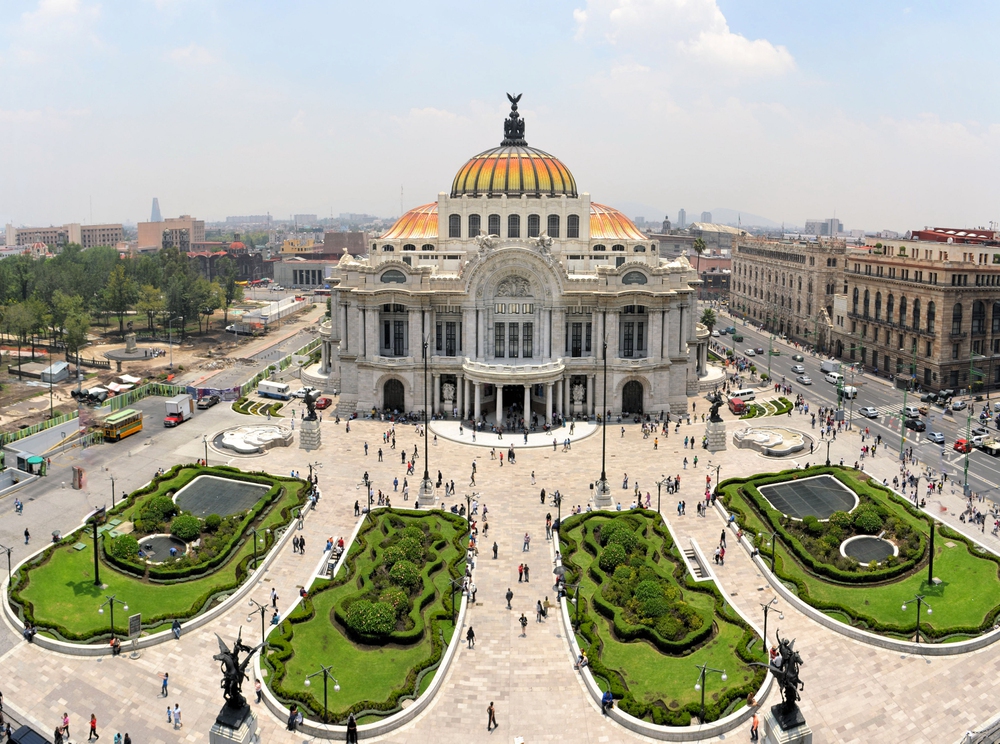
Pre-Columbian ruins emerge directly beneath colonial churches, while modernist masterpieces by figures like Luis Barragán demonstrate how color transforms architectural space through emotional resonance rather than mere decoration.
The megacity’s creative energy thrives on contradiction—ancient traditions alongside hyper-contemporary innovations, extreme wealth beside grassroots ingenuity—with neighborhoods like Roma and Condesa functioning as open-air galleries where street art, architecture, and design converge.
Marrakech, Morocco

The medina’s labyrinthine structure intentionally disorients visitors through narrow alleyways that suddenly open onto vibrant souks organized by craft traditions maintained across centuries. The sensory overload of spice markets and tanneries creates olfactory landmarks within the visual complexity—contemporary designers and traditional artisans work side by side in a living workshop atmosphere where creation happens in public rather than behind closed doors.
Berlin, Germany
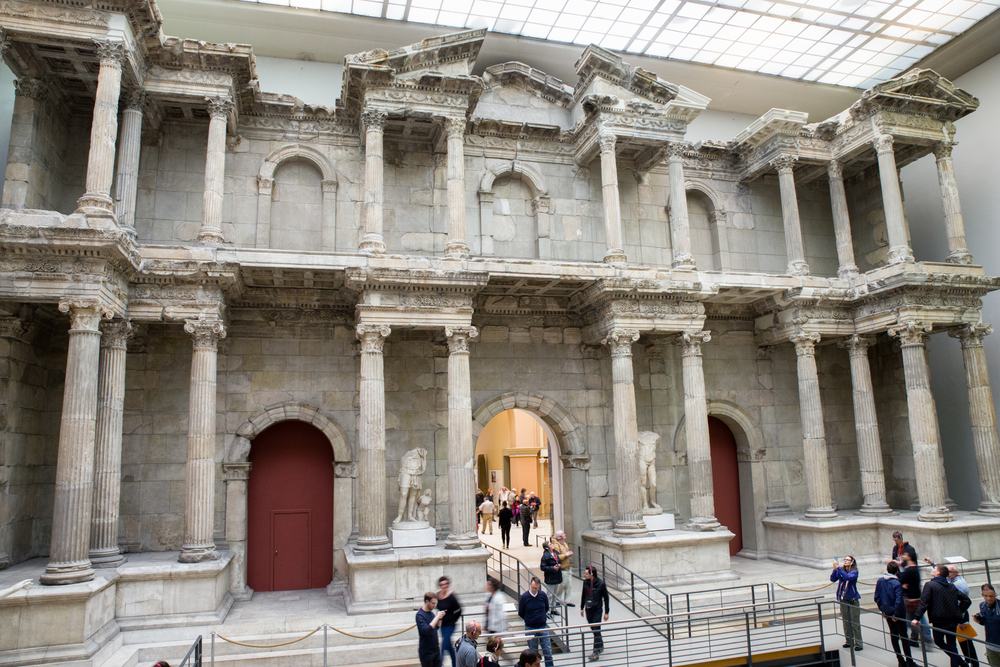
The city’s famous imperfections and unfinished qualities create space for constant reinvention—abandoned industrial complexes transform into cultural incubators while historical ruptures in the urban fabric become creative opportunities rather than problems to solve. Distinct neighborhood identities developed during decades of division now cross-pollinate through collaborative projects—street art evolved from political resistance to global influence while retaining its role in public discourse about who shapes urban space.
Like Travel Pug’s content? Follow us on MSN.
Salvador, Brazil
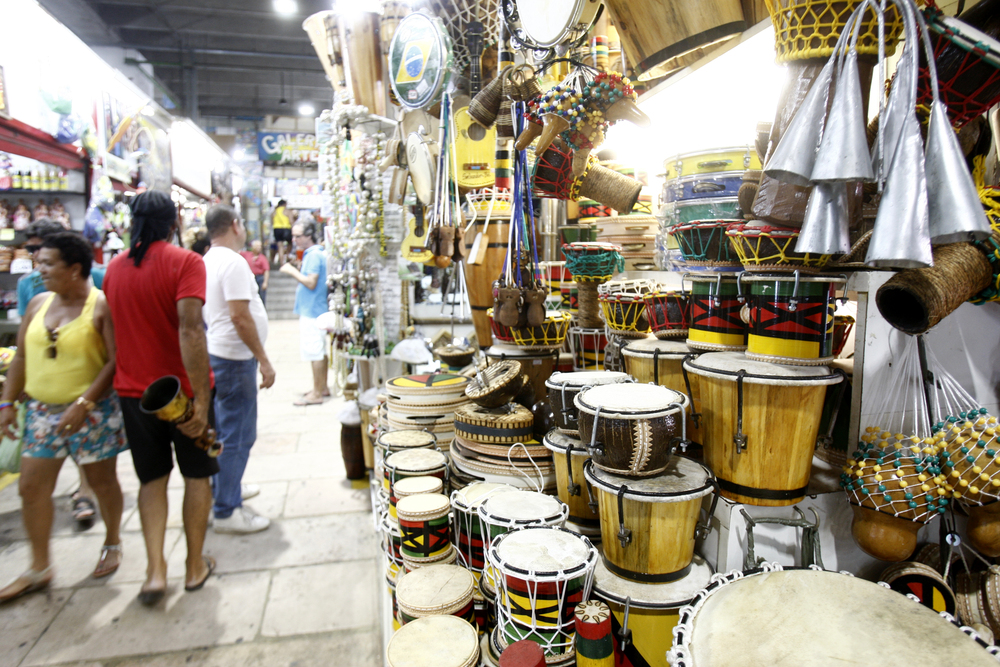
Afro-Brazilian culture infuses every aspect of Brazil’s first capital—from the rhythmic arrangement of colonial architecture in Pelourinho to the symbolic colors of religious traditions that blend Catholic and West African spiritual practices. Music and movement activate public spaces throughout the day and night—creative expression becomes community practice rather than isolated artistic production, with percussion workshops spilling onto streets where capoeira transforms martial movement into improvisational dance.
Taipei, Taiwan
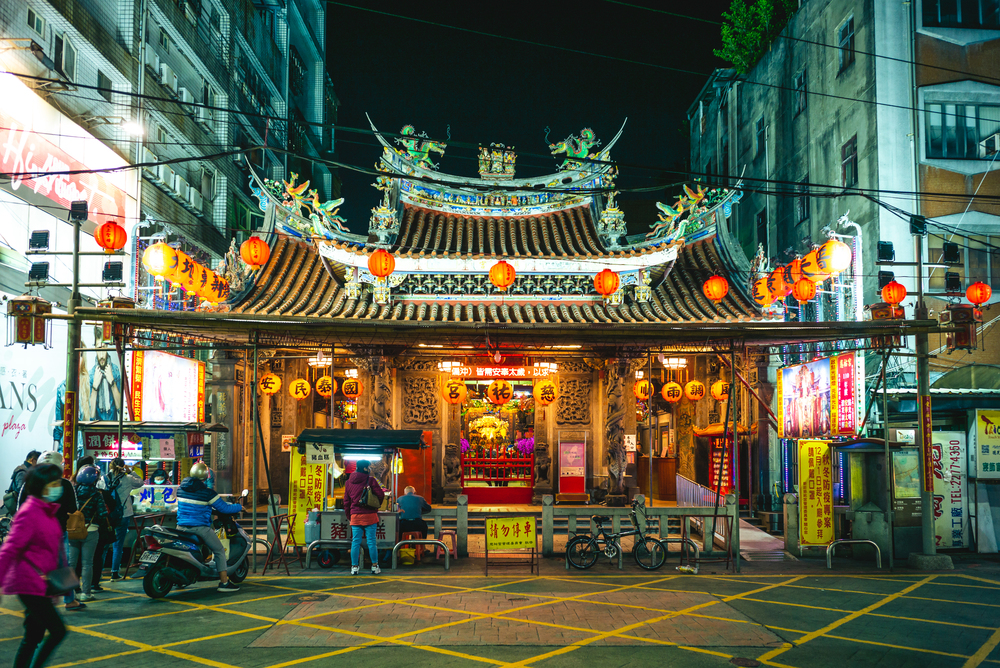
Traditional temples maintain their spiritual function while incorporating contemporary design elements—historic streets transition into experimental retail concepts and night markets that transform entire districts after dark.
The city embraces both precise technological innovation and chaotic, organic growth—creative industries flourish in repurposed industrial spaces while traditional crafts evolve through engagement with global design movements rather than becoming fossilized as heritage curiosities.
Istanbul, Turkey
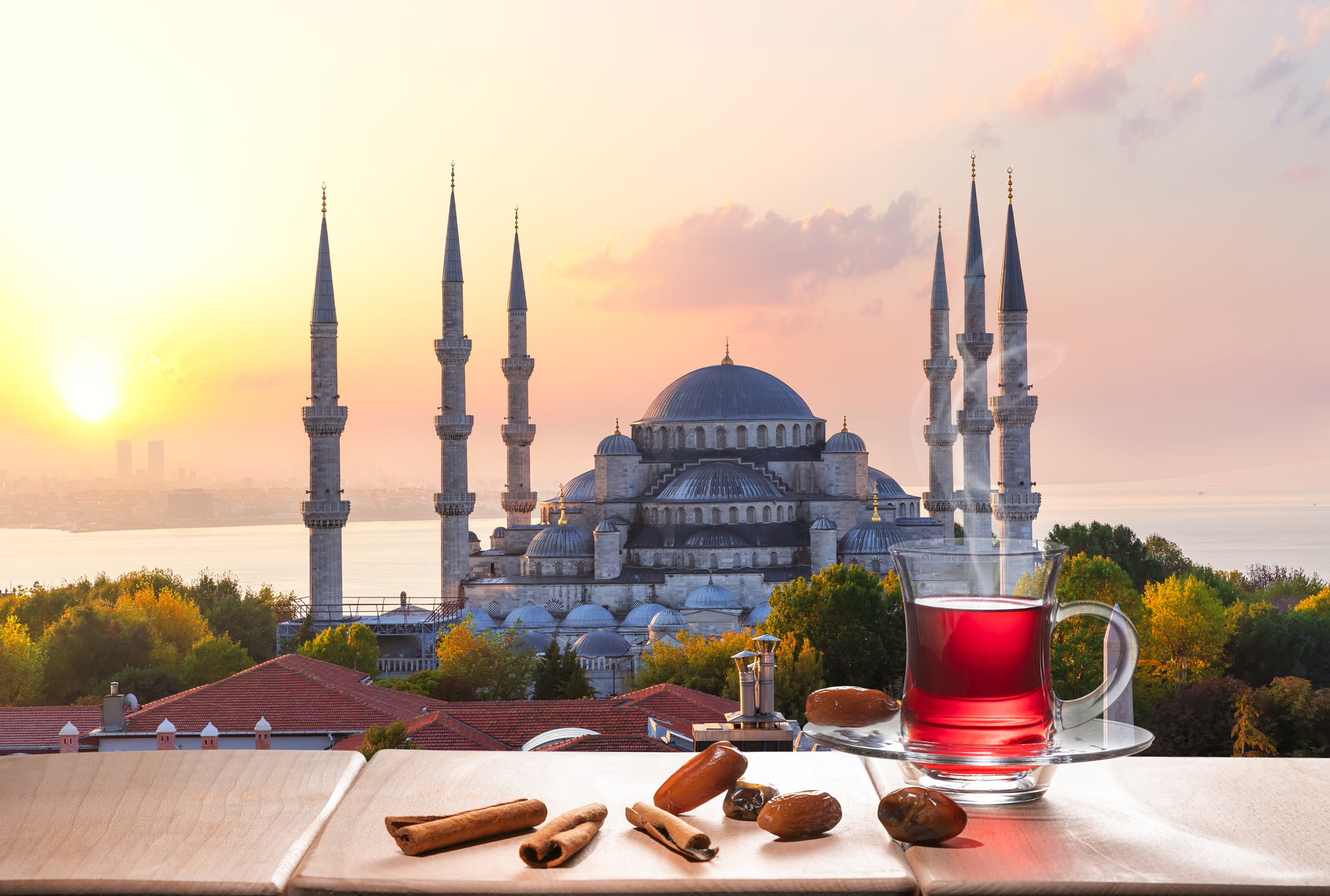
Byzantine churches transformed into Ottoman mosques now exist alongside contemporary museums and galleries—creating a physical timeline of architectural evolution across multiple civilizations and religious traditions.
The city’s unique position straddling continents makes creative cross-pollination inevitable—traditional crafts in the Grand Bazaar inspire contemporary designers working in nearby studios while historic hammams reinvent themselves as cultural spaces hosting installations and performances.
Like Travel Pug’s content? Follow us on MSN.
Oaxaca, Mexico

Indigenous Zapotec design traditions blend with colonial architecture and contemporary artistic practices—creating a continuous visual conversation across centuries through consistent material palettes and spatial concepts.
The city’s famous markets organize creative production by material and technique—allowing visitors to witness the entire production chain from raw material to finished artifact, while contemporary galleries showcase how these traditions evolve through global dialogue.
Tbilisi, Georgia

Soviet brutalism stands alongside medieval churches and Art Nouveau masterpieces—with contemporary architectural interventions creating dramatic contrasts rather than attempts at seamless integration.
The city embraces the creative potential of decay and renovation simultaneously—wooden balconies appear to defy gravity on hillside buildings, while thermal baths built on natural hot springs demonstrate centuries of evolving architectural responses to permanent natural features.
Cape Town, South Africa

Dramatic natural settings frame distinct architectural districts ranging from colorful Bo-Kaap houses to industrial waterfront conversions—the post-apartheid city continues reshaping its urban identity through creative integration rather than separation.
Design districts like Woodstock demonstrate how creative economies transform neighborhoods through collaborative approaches—street art addresses social issues directly while museums and galleries increasingly showcase perspectives previously excluded from institutional spaces.
Like Travel Pug’s content? Follow us on MSN.
Yogyakarta, Indonesia

This university city combines traditional Javanese cultural practices with experimental contemporary arts—creating productive tension between ancient court traditions and radical student movements.
The nearby ancient temples of Borobudur and Prambanan provide architectural inspiration that contemporary artists reinterpret through modern materials and concepts—batik workshops maintain traditional techniques while exploring new applications and designs influenced by global movements.
Porto, Portugal

Portugal’s northern creative hub layers contemporary interventions over medieval foundations—with dramatic topography creating unexpected viewpoints that reveal how historic and modern elements interact across the urban landscape.
The city’s famous blue azulejo tiles create a consistent visual rhythm punctuated by contemporary architecture—traditional craft production remains economically viable rather than merely decorative, with ceramics workshops and design studios operating side by side.
George Town, Malaysia

Chinese shophouses, Indian temples, and British colonial buildings create a physical manifestation of the city’s multicultural heritage—strengthened rather than diluted through centuries of integration and adaptation. The UNESCO World Heritage district balances preservation with creative reuse—traditional trades operate alongside boutique hotels and art spaces that maintain original architectural features while introducing contemporary functions and aesthetics to historic structures.
Like Travel Pug’s content? Follow us on MSN.
The Architecture of Imagination: Where Cities Become Creative Partners

These seventeen cities demonstrate how urban environments themselves become active participants in creative processes rather than mere settings for human activity. The interactions between architectural heritage, controlled disorder, and strategic use of color create environments where innovation becomes almost inevitable.
While creativity can emerge anywhere, these urban landscapes provide particularly fertile ground for artistic, cultural, and intellectual growth—places where the city itself collaborates in the creative process rather than simply hosting it.
More from Travel Pug

- 20 Destinations That Were Once Thriving but Are Now Quietly Disappearing
- 13 Destinations Where Tourists Regularly Regret Their Trip
- 20 Once-Popular Beach Towns That Are Now Ghostly Empty
- 10 Under-the-Radar Mountain Towns That Are Both Affordable and Beautiful
- Take a ‘Learning Vacation’ in These 20 Extraordinary Places
Like Travel Pug’s content? Follow us on MSN.
